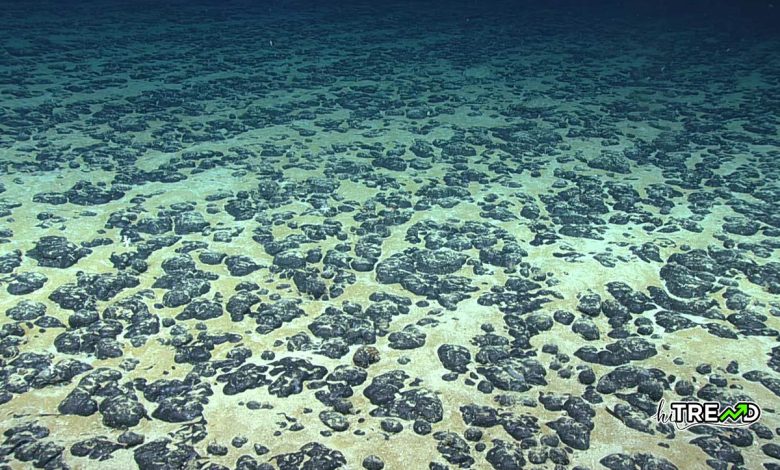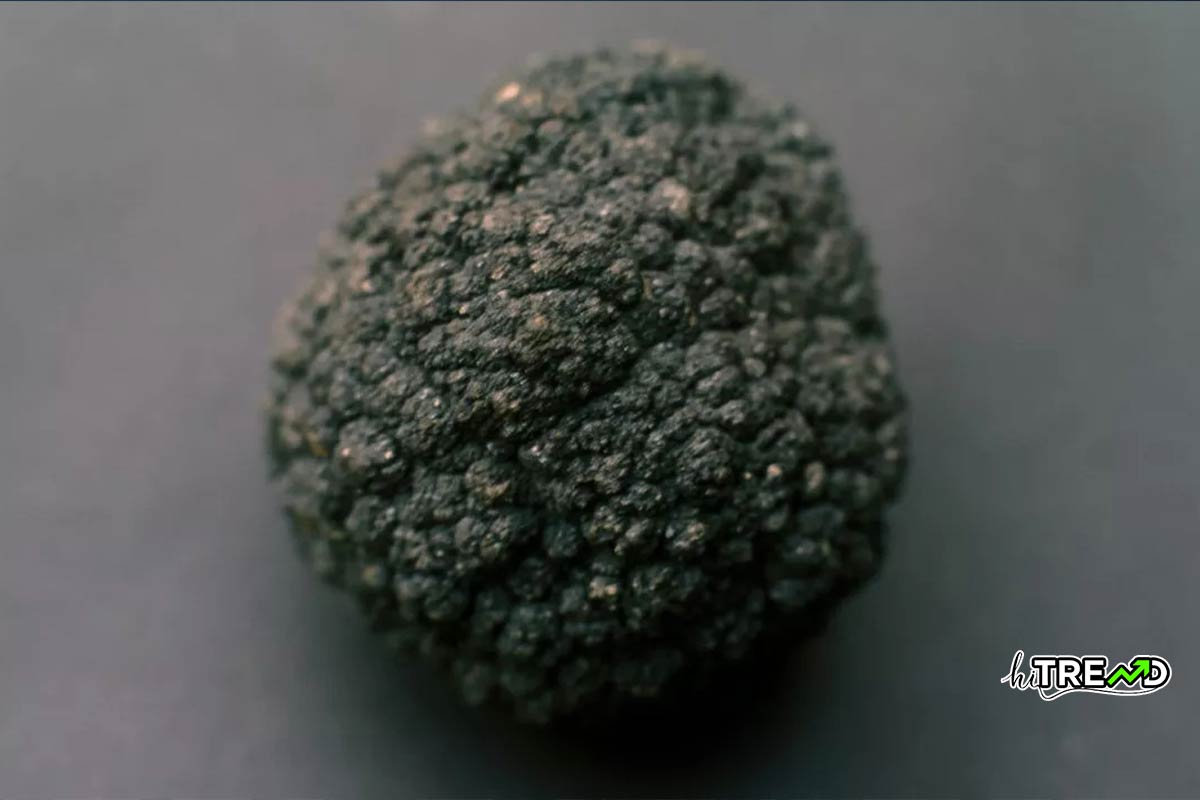Researchers discover oxygen-generating “battery rocks” on ocean floor

THROUGH THE LOOKING GLASS: Researchers at the Scottish Association for Marine Science have discovered a deep-sea, oxygen-generating farm that could prompt a rethink of how life began on our planet. The discovery was so far out of left field that the team initially thought they were dealing with faulty equipment.Researchers discover oxygen-generating “battery rocks” on ocean floor
You can read more Technology articles
Professor Andrew Sweetman, lead author on the study, was part of a team sampling the seabed of the Clarion-Clipperton Zone in the Pacific Ocean to determine what sort of impact deep-sea mining would have on the region. Sensor data revealed unexpected oxygen readings, prompting the team to recalibrate their equipment for the next outing. But when backup equipment that worked differently reported the same readings and repeated over a 10-year span, they knew something else was happening.Researchers discover oxygen-generating “battery rocks” on ocean floor
Sweetman and company were studying potato-sized metallic nodules containing cobalt, nickel, and manganese, which could be used to make lithium-ion batteries for electric vehicles. The nodules are shrouded in complete darkness at a depth of more than 13,100 feet below the surface. For comparison, the Titanic is situated at a depth of about 12,500 feet.
As it turns out, the elements in the nodules are already sort of acting like a battery – a battery in a rock, if you will. Testing revealed voltage readings as high as 0.95 volts on individual nodules, which could climb significantly higher when nodules are clustered together.
Just 1.5 volts is needed to initiate a process called seawater electrolysis, which turns seawater into hydrogen and oxygen. It is this process and the creation of undersea oxygen that led to the unexpected sensor readings.
This “dark oxygen,” as Sweetman is calling it, could force a rethink regarding the development of early life on Earth.

“For aerobic life to begin on the planet, there had to be oxygen and our understanding has been that Earth’s oxygen supply began with photosynthetic organisms,” Sweetman said. “But we now know that there is oxygen produced in the deep sea, where there is no light. I think we therefore need to revisit questions like: where could aerobic life have begun?”
Additional research will be needed to determine the impact that mining would have on the area, and how stirring up sediment might alter the naturally occurring process.
The team’s research has been published in the journal Nature Geoscience under the title, “Evidence of dark oxygen production at the abyssal seafloor.”
Follow HiTrend on X





